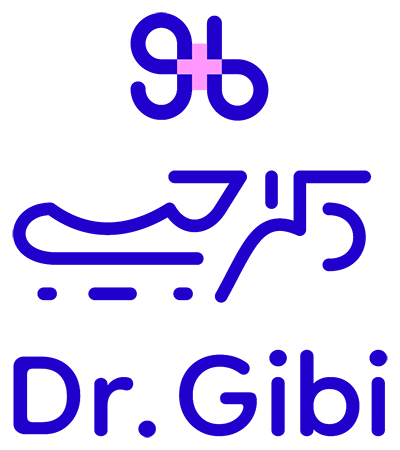Understanding and Managing Breast Engorgement: A Comprehensive Guide for Mothers
- Article reading time: 5 minutes
As a mother (especially after the first birth), you may experience breast engorgement, a condition where your breasts become overly full of milk, causing discomfort and swelling. This article will help you understand breast engorgement, its causes, symptoms, and how to manage it effectively.

What is breast engorgement?
Breast engorgement occurs when your breasts produce more milk than your baby consumes, leading to milk buildup in the breast tissue. This can cause your breasts to become swollen, warm, and tender. Breast engorgement is common in the first few days after childbirth as your body adjusts to your baby’s feeding needs.
Symptoms of breast engorgement
If you are experiencing breast engorgement, you may observe the following symptoms:
Warm, heavy, and tender breasts
Swelling of the breasts, sometimes extending to the armpit
Firm breasts with lumps or flattened nipples
Difficulty for the baby to latch onto the breast
Causes of breast engorgement
Breast engorgement can occur for various reasons, including:
Your milk has come in after childbirth
Not breastfeeding or pumping enough
Lack of breastfeeding the baby
Treatment and management of breast engorgement
To relieve the discomfort caused by breast engorgement and ensure the baby receives enough milk, try the following tips:
Feed the baby or pump regularly, ideally every 2-3 hours, to help empty the breasts and establish a routine.
Before feeding, massage your breasts, take a warm shower, or use a warm compress to help milk flow.
If your breasts are too firm for the baby to latch, first express some milk with a pump or by hand to soften the breast.
Wear a supportive bra to help reduce discomfort.
Use a cold compress between feedings to reduce swelling.
Try reverse pressure softening by gently pressing the area around the nipple for about one minute to help move the accumulated fluid.
Preventing Breast Engorgement
To minimize the risk of breast engorgement, follow these tips:
Feed the baby whenever they show signs of hunger.
Feed the baby or pump regularly, aiming for every 2 to 3 hours.
Ensure your baby empties your breasts during each feeding.
Drink enough water and have a healthy diet to support milk production.
If you are using formula
If you have decided to use formula feeding, your body will gradually stop producing milk. To manage breast swelling during this transition period, wear a well-fitting sports bra and avoid stimulating your breasts. Breast swelling should subside within a few days.
Article Categories
Children's health
Diseases and problems
Healthy nutrition and wellness
Women's health
Men's health
Treatment and prevention
Cancer
Mental health
Your general practitioner will now see you.
Instant health responses are provided by the general practitioner, because your health matters now.
